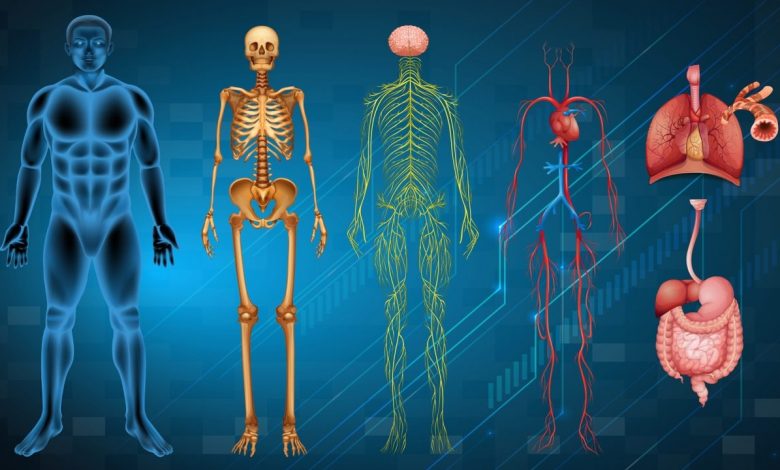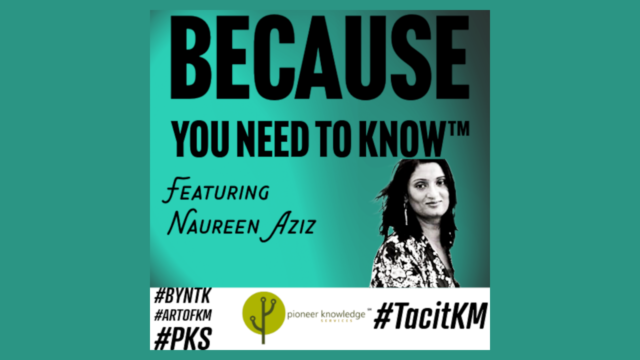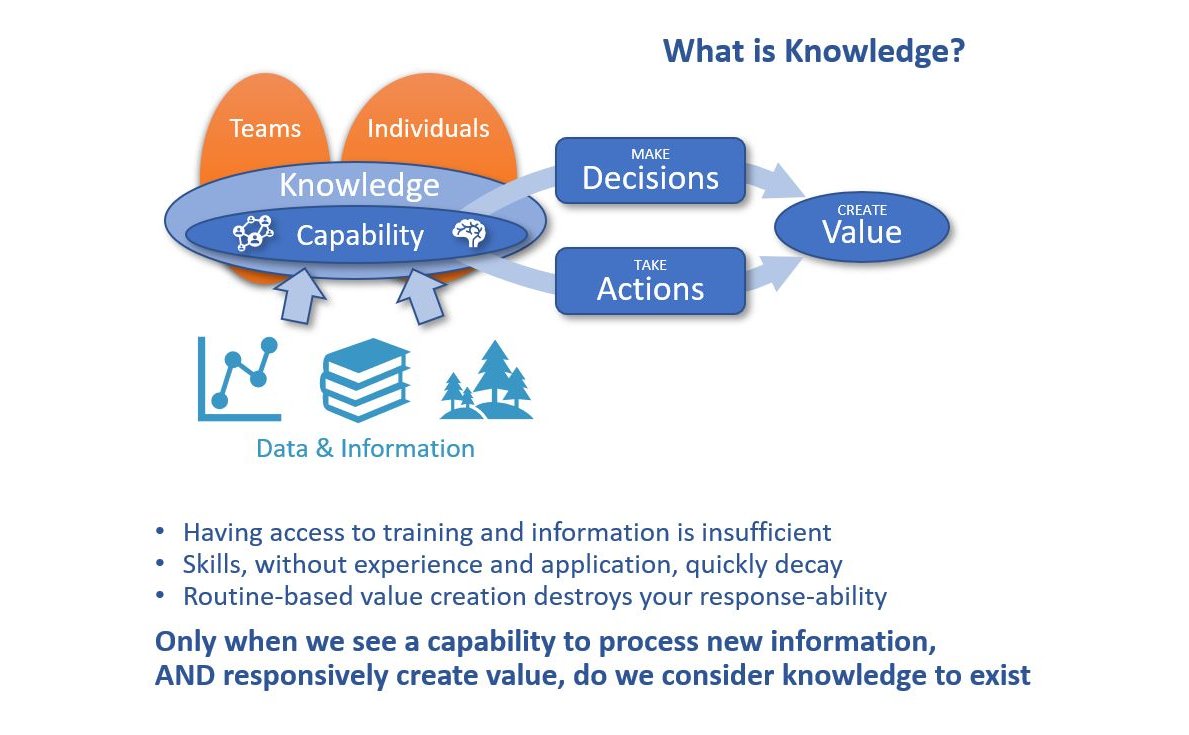
The practice of “embodied intelligence”
An intriguing paper by Daniel Ludevig makes the bold claim that embodied knowledge can “unlock innovation, creativity and intelligence in business”. However, this isn’t embodied knowledge as traditionally interpreted by knowledge management (a type of knowledge where the body knows how to act, such as riding a bicycle), but a collective, physical experience that is claimed to change individual perceptions of others.
Ludevig uses dance and movement exercises to “explore [how] to establish connection with others or [understand] the rhythm of a particular organization” and to “experience deep truths about … communication and leadership styles”.
Ludevig further claims that “embodied practices … allow participants to [understand] that real innovation, fresh thinking and new ideas originate in the margins, rather than the center of any system or where our attention is usually focused” and that by using the “embodied practice of learning to listen to the collective whole, participants often also find that they are able to better listen and speak on behalf of the collective group in the subsequent dialogue and back at the workplace”.
Much of Ludevig’s language is overblown and over-hyped, and there is little tangible proof about the efficacy of his approach. However, the idea of knowledge being tied to physical experience is one that has seen a recent resurgence. As Ignatow explains, for many years memory and intelligence was thought to be “amodal”; that is, unrelated to the physical experience surrounding their acquisition. However, neuroscience research increasingly makes it clear that perception and conception are fundamentally interrelated:
… the simulation principle assumes that the original perceptual and bodily states are partially captured to represent the situation. Rather than creating a new symbolic level for conceptual purposes, representations of situations are captured as both conceptual and perceptual representations. Perceptions, sensations, and bodily and emotional states are disassociated from mental representations only later, as a secondary process of abstraction. In this way, knowledge is fundamentally “embodied.”
It is very plausible that being taught knowledge in such a fundamentally different way (ie through dance) would prove to be highly sticky and memorable. In many ways it is an extension of the principles of storytelling, where elements of emotion, novelty and surprised are combined to create highly effective memories.
Source: Journal for the Theory of Social Behaviour, Organizational Aesthetics

![Collaborating on Research by National Eye Institute [Flickr image]](https://realkm.com/wp-content/uploads/2018/07/9955278615_c5356cdffd_z.jpg)




